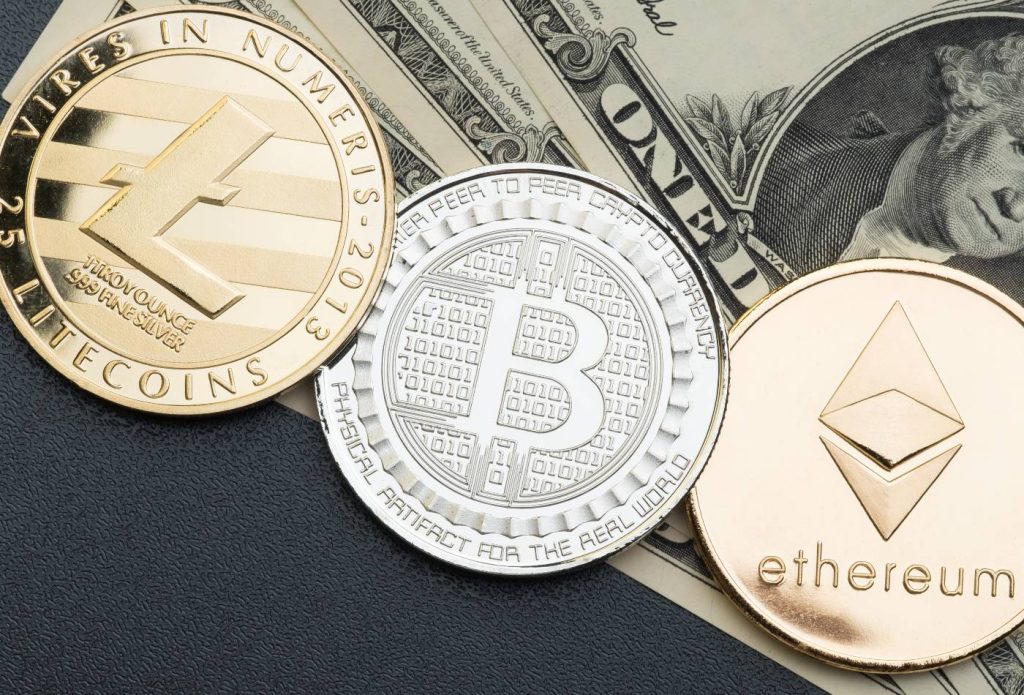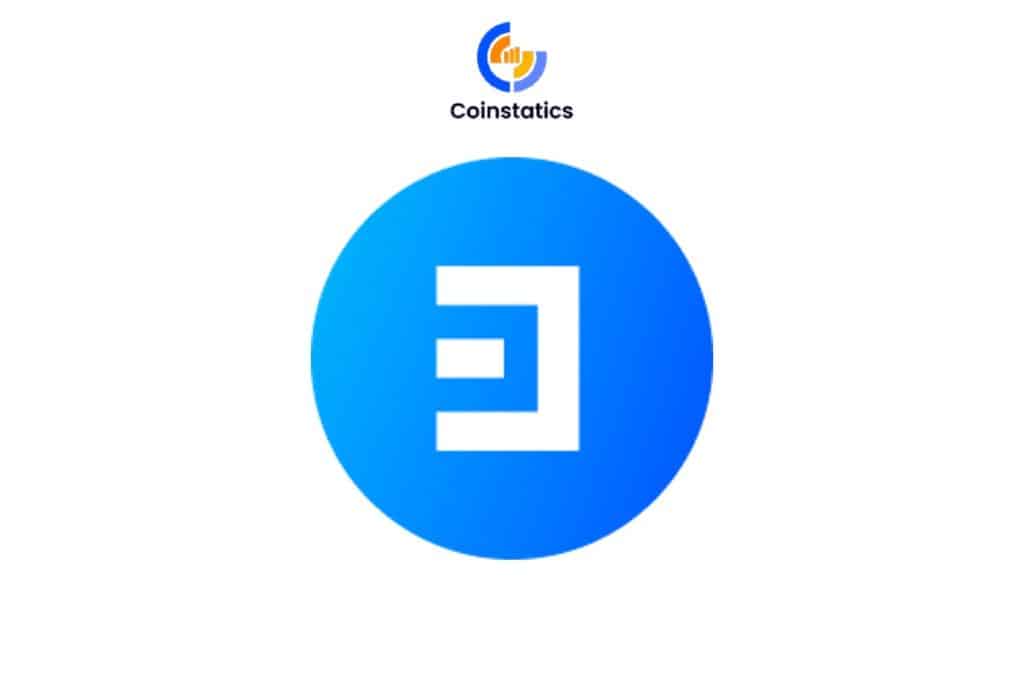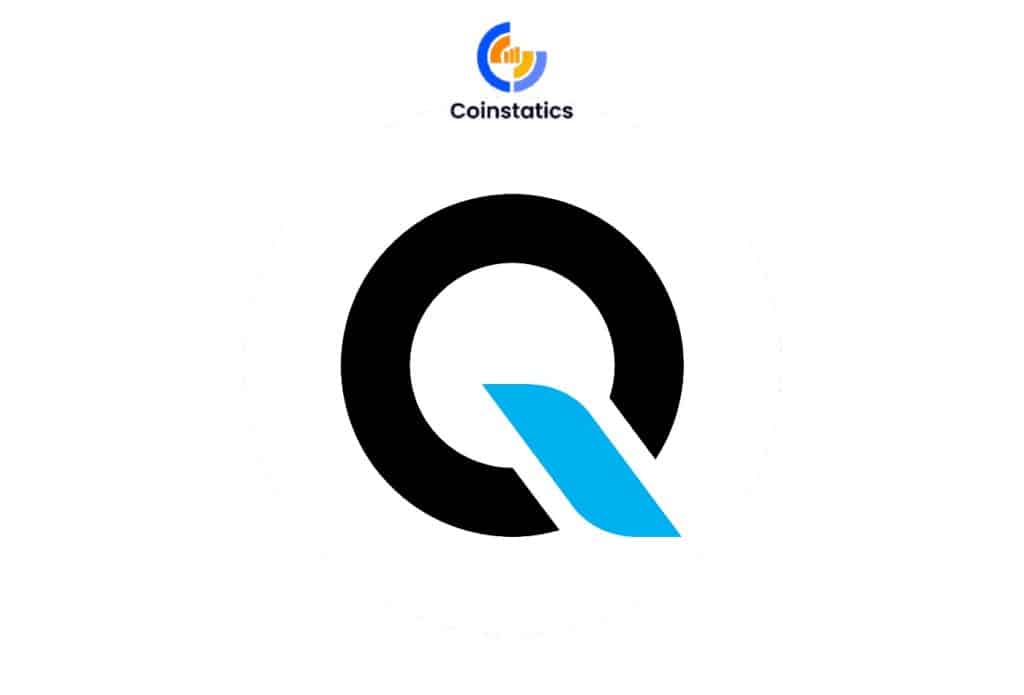This article was last updated on July 11, 2022
When it comes to cryptocurrencies, there are a lot of options to choose from. Bitcoin is the world’s first and most popular crypto. However, there are many others that are looking to improve upon what it started. Ethereum, Litecoin, Ripple, Fantom – the list goes on. So, which one is the best and which one should you invest in? In this article, we will compare two cryptocurrencies – Litecoin and Ethereum, and discuss their similarities and differences. We will also try to decide which one comes out on top in the battle of Litecoin vs Ethereum.
Table of contents
What Is Ethereum?
Ethereum is a decentralized platform that runs smart contracts: applications that run exactly as programmed without any possibility of fraud or third-party interference. Ethereum is a programmable blockchain. Developers can use it to build Decentralized Autonomous Organizations (DAOs) and other decentralized apps. A DAO is an organization with no central authority or centralized decision-making process. Ethereum’s native currency, Ether, is mined through a proof of work consensus algorithm (Ethereum Algorithm). The crypto also supports gas, which is a unit of measurement that denotes the computational effort that it takes to execute a certain action on the Ethereum network.
Ethereum is different from Bitcoin because it allows for smart contracts and Decentralized Applications (Dapps) to be built on top of it. Ethereum was proposed in late 2013 by Vitalik Buterin, a cryptocurrency researcher and programmer. It was crowdfunded during its initial coin offering in 2014, raising over $18 million. The Ethereum Foundation, a Swiss non-profit, oversees the development of the network. The foundation’s core values are transparency, inclusivity, and decentralization.
Ethereum has been developed with a very active community involved in all aspects of the project, including development, marketing, and support. There are numerous Ethereum Meetups happening all around the world, with a large and growing community of developers working on Ethereum-based projects. Ethereum is also compatible with one of the most popular crypto wallets in the world – Metamask.
What Is Litecoin?
Litecoin is a cryptocurrency that was created in 2011 as a fork of Bitcoin. It was created by Charlie Lee, a former Google employee. The currency is similar to Bitcoin in many ways, but it has a faster block time and a different mining algorithm. Litecoin’s main aim is to be the “silver to Bitcoin’s gold”. That is, where Bitcoin is mainly a store of value, Litecoin is more of a day-to-day cryptocurrency for transactions. Litecoin has faster transaction times than Bitcoin and a bigger total supply. Litecoin also uses a different proof of work algorithm, which is designed to be easier to mine with GPUs. However, this also means that ASICs (Application Specific Integrated Circuits) cannot be used to mine Litecoin. This gives Litecoin more decentralization than Bitcoin, as anyone with a decent GPU can mine Litecoins.
Key Ethereum Features
As we mentioned, Ethereum is the second most valuable crypto on the market today. This is thanks to the many features and improvements that the project introduced when building upon Bitcoin’s original concept.
Ethereum’s key difference from Bitcoin and Litecoin is its main function as a decentralized app network. This allows the blockchain to facilitate smart contracts and other decentralized apps. As such, Ethereum is much more than a simple payment system. Instead, it is a network that offers a diverse range of functions and services, usable on varying levels.
Another area where Ethereum sets itself apart is transaction fees. While most other cryptos charge a transaction fee for transfers on the network, Ethereum charges Gas fees. These are not specific fees and, instead, change depending on the resource requirement of a single transaction validation. As such, Gas fees can vary wildly in times of congestion and high activity on the network.
Lastly, Ethereum’s biggest difference is one that has yet to come into effect. At present, the Ethereum network is based on a Proof-of-Work concept. This is the same method used by Bitcoin and many other cryptos. However, it has become heavily criticized due to its considerable electricity consumption. As a result, Ethereum is currently in the process of transitioning to a Proof-of-Stake consensus which significantly decreases energy consumption. It also eliminates the process of mining new coins via hardware and replaces it with a staking system in which those who provide staked tokens receive compensation.
Ethereum Price History

Key Litecoin Features
Meanwhile, Litecoin is a much more simple iteration of Bitcoin. As a matter of fact, the crypto is actually a fork of Bitcoin, meaning that it came into existence by introducing changes to the original Bitcoin code. This means that Litecoin shares many of the same features and rules as Bitcoin, only introducing minimal changes when compared to other cryptocurrencies.
Litecoin was initially created with the goal of being a more agile version of Bitcoin. The crypto uses the Lightning Network to process smaller payments off of its main network. This allows for smaller transactions with minimal fees. In fact, making a transaction in the minimum amount on the Litecoin network is currently impossible, as the transaction fees are higher than that.
One major change here is the removal of mining pools. While Litecoin operates with a Proof-of-Work consensus like Bitcoin, it uses a Scrypt algorithm. This prevents miners from pooling their resources to make the process more accessible. As such, mining Litecoin can be significantly more difficult. However, because miners cannot pool their resources, there is much less chance of any one individual or group of individuals taking over the network.
Thanks to its smaller transactions and lower fees, Litecoin has positioned itself as an everyday crypto. The token’s creators developed Litecoin with the intent for it to be used for everyday transactions such as payments and other smaller, high-frequency transactions.
Litecoin Price History

Ethereum Vs Litecoin – Key Differences
When taking an in-depth look at the two cryptocurrencies and comparing them against each other, we can see clear distinctions. These drastically differentiate Ethereum and Litecoin, showcasing how the two cryptos are designed to serve different purposes. Here are some of the main areas where Ethereum and Litecoin divert from each other:
Function
The two cryptocurrencies serve very different purposes. As such, they are different at a very core level, having varying functions and features. Litecoin, for one, is a simple payment system that improves on the concept of Bitcoin. Its developers designed it to serve the same purpose. However, it is faster and more agile.
Meanwhile, Ethereum functions as a network for smart contracts and other decentralized apps. As such, it offers much more functionality and utility to both users and developers. This makes Ethereum not only a payment system but a much larger ecosystem and platform for dApps.
Transaction Costs For Ethereum Vs Litecoin
Transaction fees for Ethereum function differently vs those for Litecoin. The latter utilizes a simple transaction fee for each transaction. The network charges a nominal fee for each transaction that goes through, and miners validate them. This is usually minimal and affordable for most users.
Ethereum, on the other hand, utilizes a Gas system for transaction costs. As a result, transaction costs are highly volatile and can change drastically based on network activity. Because Gas fees depend on how much computational power is necessary to validate a transaction, they can be very flexible. During times of increased activity on the network, Gas fees will usually increase.
Supply
Another difference between Litecoin and Ethereum is the fact that the former has a capped supply of 84 million coins. As such, the mining process will eventually become obsolete, and no new tokens will be available. When this happens, experts predict that Litecoin prices will rise drastically, as the supply will be finite.
As for Ethereum, the network does not have a limit on its cryptocurrency. Instead, users are able to create new tokens in perpetuity. While this process becomes more difficult as time passes by, it is technically possible to continue forever. While the supply of Ethereum may be unlimited, it has not prevented the cryptocurrency from becoming the second most valuable one on the market.
Mining Ethereum Vs Litecoin
The mining process for Ethereum and Litecoin is currently the same. Both cryptos use a Proof-of-Work consensus, meaning that miners use powerful hardware to mint new tokens. This process is very resource and energy-intensive, requiring large investments in both hardware and electricity.
However, Ethereum is currently in the process of switching to a Proof-of-Stake consensus. This will fundamentally change how the network operates and how miners create new coins. Instead of solving complex mathematical problems through the use of hardware, miners will need to stake their already existing tokens on the network. This will lock them in place, making them unusable while staked. In return, contributors will receive additional Ethereum as compensation for supporting the network.
Related: Shiba Inu Price Predictions
Best Places To Buy Ethereum Vs Litecoin
Ethereum and Litecoin are among the most popular and most valuable cryptocurrencies on the market today. As such, they are available on almost every crypto exchange and major online trading platform. However, not all of these offer the same terms and features. Choosing the right platform to invest in cryptocurrencies on is a major step. Here are some of the best places that you can but these two cryptos from:
Etoro
eToro is an online trading platform that allows users to buy and sell a variety of assets, including stocks, commodities, forex pairs, cryptocurrencies, and more. eToro offers a variety of features that make it an attractive option for online traders, including the ability to copy the trades of other users, real-time updates on market conditions, and customer support. Ethereum and Litecoin are two of the most popular assets on eToro, and the platform has seen a surge in activity in recent months as more investors look to capitalize on the burgeoning cryptocurrency market.
Binance
Binance is a crypto exchange that allows you to buy, sell, trade, convert, spot, stake, and farm cryptocurrencies. You can buy and sell cryptocurrencies from liquidity pools on the Binance marketplace or directly from sellers on the platform’s P2P exchange. Binance also offers crypto-fiat trading and exchanging, margin trading of cryptos, lending cryptos, NFT-related services, and more. The platform is one of the most popular crypto exchanges in the world, with over 500 cryptos. Finally, Binance also has its own cryptocurrency, Binance Coin, which users can use to support the network and make transactions.
Coinbase
Coinbase is a cryptocurrency exchange that allows you to buy, sell, and trade cryptocurrencies. You can also use a Coinbase account to store your tokens. The platform is one of the most popular cryptocurrency exchanges and allows you to buy and sell cryptos using fiat currency (USD, EUR, GBP, etc.). You can also trade cryptos with other users or through a liquidity pool. Coinbase is a secure platform that offers two-factor authentication and customer support. Currently, the platform is available in over 30 countries. Coinbase is currently in the process of developing its own NFT marketplace.
Conclusion On Ethereum Vs Litecoin
Ethereum and Litecoin are both cryptocurrencies, but they work differently. Ethereum is a blockchain platform that allows developers to create decentralized applications. Litecoin is a fork of Bitcoin that uses the Scrypt algorithm. Ethereum has more features than Litecoin because its developers designed it to be more flexible. For example, Ethereum can be used to create smart contracts, which are agreements that are automatically executed when certain conditions are met.
Of the two cryptos, Litecoin is faster and cheaper because it uses a different algorithm. However, Ethereum is catching up in terms of speed and price. Ethereum is also in the process of transitioning over to a completely different way of operation. This will drastically change how the network functions and how new tokens come to exist. Overall, Ethereum is the more versatile cryptocurrency, but Litecoin is faster and cheaper. Investments in both cryptos are sure to pay off in the long run.
Read Next: Top 10 Most Promising Cryptos In 2022





